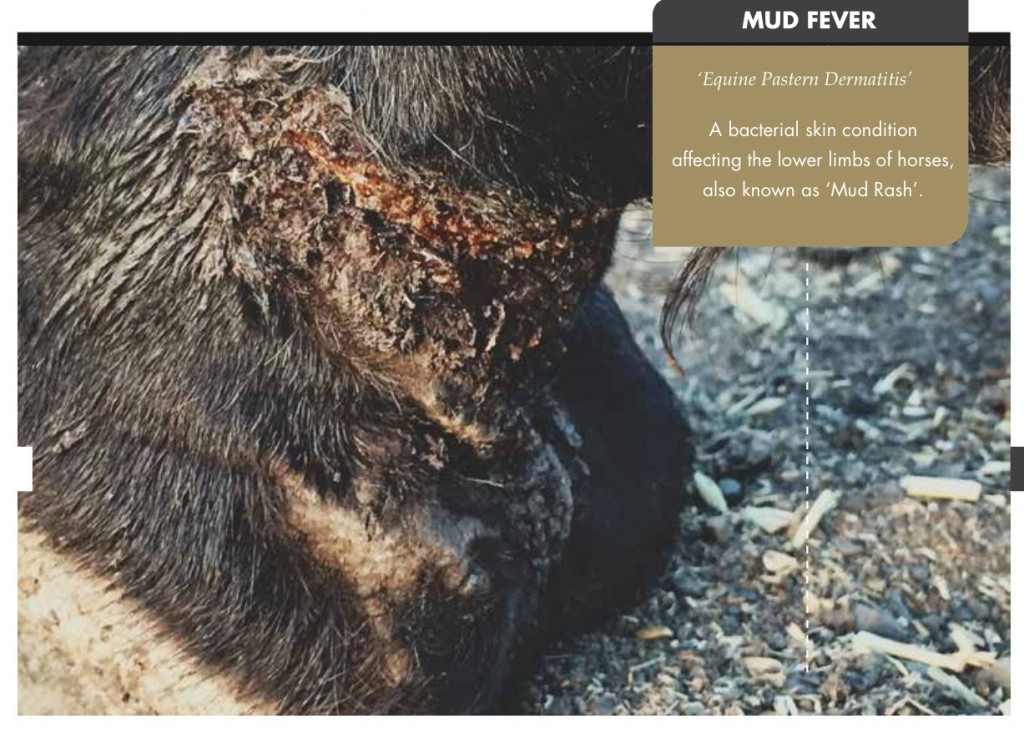
Herbs and Antibiotics
Over-use of antibiotics can be offset with historically-proven herbs by Catherine Cox-McDowell

When considering the use of antibiotics, and the distinct contribution they have made to our ability to recover from life-threatening infections, you would be forgiven for thinking that after they were discovered and developed in medicine, we could all rest easy.
This is not the case, as we are now finding out. Antibiotic-resistant infections are commonplace, as we are seeing more of a return to the uncontrollable infection that was causing such concern before penicillin was discovered. Our bubble of security has been broken.
A CULTURAL PATHOLOGY
Alexander Fleming, Scottish biologist, pharmacologist and botanist, discovered the enzyme lysozyme in 1923 and the antibiotic substance penicillin in 1928. He shared the Nobel Prize in Physiology or Medicine in 1945 with Howard Florey and Ernst Boris Chain, who developed Fleming’s findings and ultimately created the pills used to fight bacterial infections.
I find it interesting that what Fleming, Florey and Chain focused on was penicillin’s power to kill rather than the antibiotic effect of the enzyme lysozyme, the natural substance in tears and mucus–the evidence of a balanced and healthy system.
Their approach assumes that we must isolate, fight, dominate and kill something to defend yourself against the bigger infection that threatens to consume the organism that is being overwhelmed. This thinking sits comfortably with a culture that believes that the only way to achieve something is by force.
The idea of supporting an already established system to be even stronger seems logical now, but not back then. I feel that the reason for this was because the thinking at the time was a focus on war, invasion, power and money. The domination model of existence that we accept blindly as the human condition.
HISTORY OF HERBAL MEDICINE
Herbal medicine is steeped in history. Compare the organic development of herbal lore to the thinking behind the scientific model, which is based on the dominator cultural paradigm. Medical science is determined to try to find the fixed answer to illness in an environment that is by nature evolving and changing every moment.
Because most people assume that we did not have the technology to understand things in the past, herbal medicine was thought to be made up, magical or pure mythology. Originally herbal medicine was primarily a women’s art. The classic images of evil witches tricking folk is still widely promoted historically.
In fact, herbs are still being used because they work. And, the prescribing of herbs comes from an enduring philosophy that encompasses a true science of repeatedly observable and experienced outcomes.
WHAT HERBALISTS USE
There are plenty of herbs that herbalists use to support the healing of a diseased organism. Helping the organism shed an infection is no different than helping the organism manage any other illness or imbalance.
The only time that conflict arises is when there is a severe imbalance. This results in the system are responding, and it is the system’s capacity to respond appropriately that is the key.
Herbalists will often use the term blood cleanser. What we are referring to is a class of herbs called alternatives that are particularly high in iron and sulphur and work to support the blood in some ways.
The idea that the organism is a balanced ecosystem that can get overwhelmed with toxic material is not new, but what we now know is that this toxicity is happening even when we can’t see the obvious effects.
The metabolism is generating waste all the time, and we know that the immune system is helping the body clean up. But, if no one is taking out the trash, pretty soon the system becomes overloaded, toxic and susceptible to invading pathogens.
BLOOD CLEANSING HERBS
Alternative herbs are used to clean the system, encourage elimination of metabolic waste, and support metabolic functions. This stimulates the immune defences, enabling the natural healing of the system to come back into balance. This list is by no means a recipe for an herbal antibiotic; it is a list of supportive herbs to promote elimination, as well as nourish the system.
Some common herbs I use for this purpose are Garlic, Red Clover, Echinacea, Rosehips, Nettle, St Mary’s Thistle, Violet Leaves, Golden Seal, Horseradish Horsetail.
USING HERBS WITH PRESCRIBED ANTIBIOTICS
One of the benefits of being in full-time practice for people and animals is the fact that I am working with vets and medical physicians regularly. Prescribing herbs while patients are on medications is commonplace, and I have prescribed alternative herbs for all kinds of frustrating, stubborn MRSA (Multi-Resistant Staphylococcus aureus), as well as generalised infections, with repeated success.
My experience shows me the value of using the alternative herbs alongside antibiotics to achieve the quickest and best results. In many cases, if antibiotics have been repeatedly used with no result you start to overload the system with even more problems. This is where the herbs can help to turn things around.
The true use of herbs lies in the art of prescribing. A skilful practitioner will utilise herbs only after broadly discussing the individual issues. Modern science can enhance the use of herbs and give us confidence if we are just starting out and rediscovering the powerful effects of the herbal medicine.





